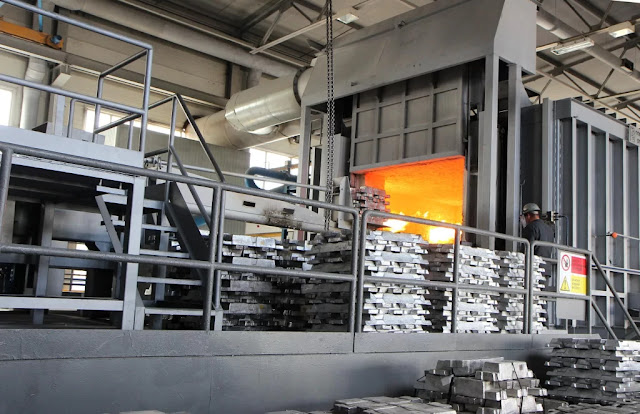Hydraulic Pressure Testing – Ensuring Safety, Strength, and System Integrity

In industrial environments where high-pressure systems are critical, such as oil and gas, HVAC, power generation, and manufacturing, hydraulic pressure testing plays a vital role. This process is used to validate the integrity, strength, and leak-proof capability of components like pipes, valves, pressure vessels, and hydraulic cylinders. If safety, reliability, and compliance are your priorities, hydraulic pressure testing is not optional, it’s essential. 🔍 What is Hydraulic Pressure Testing? Hydraulic pressure testing is a non-destructive testing method that uses water (or another non-compressible liquid) to pressurize a component beyond its operational capacity, in order to: Check for leaks Assess structural strength Ensure compliance with safety standards This method is favored over pneumatic testing because liquids are less compressible than gases , reducing the risk of explosive failure during testing. ⚙️ How the Process Works Here’s a simplified...





